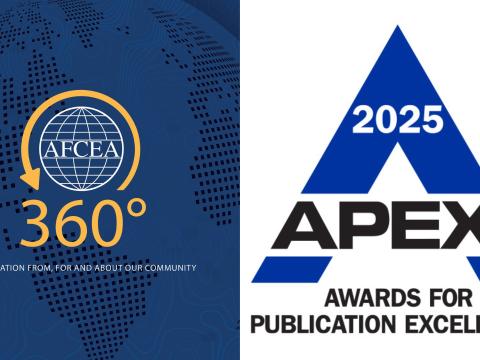Fortifying the Nation's Changing Emergency Preparedness Plans
Committee Corner
The global pandemic changed daily life in myriad ways, including upending workforce norms across the country. For two years, federal departments and agencies aggressively analyzed changes to understand the impacts on their workforces, with a particular focus on the increasing adoption and acceptance of telework. In many instances, departments and agencies found benefits in letting previously Washington, D.C.-centric positions become fully remote, such as access to an expanded, nationwide talent pool and increased employee satisfaction.
We’re just beginning to understand the impact—and opportunity—of an increasingly remote federal workforce on government Continuity of Operations and Continuity of Government (COOP/COG) policies and procedures.
An increase in the adoption of remote/telework policies, combined with an increase in severe and frequent natural disasters and manmade threats, challenges traditional plans for federal COOP/COG practitioners, who historically have focused on centralized relocation to federal devolution facilities.
In late 2021, the AFCEA Homeland Security Committee stood up a Shelter in Place Continuity of Operations (SIP COOP) working group to explore the challenges, opportunities and path forward for supporting and leveraging remote, mission-essential personnel to bolster federal resiliency.
In May, AFCEA published a white paper that uses the U.S. Federal Emergency Management Agency’s Community Lifelines as a framework for considering a SIP COOP approach that outlines the potential food, water, shelter, health, medical, energy and communications requirements mission-essential personnel need to operate remotely for 30 days or more.
While the long-term impact of the pandemic on the federal workforce remains to be seen, the white paper suggest the current trend of increasing remote personnel provides a pivotal opportunity for federal COOP/COG practitioners to re-evaluate strategic and operational doctrine and improve tactical COOP/COG plans. Hopefully, departments and agencies take another step in the ongoing journey of building all-hazards preparedness and resiliency.
— Written by Matt Treadgold, AFCEA Homeland Security Committee
Each month, SIGNAL Magazine publishes a feature in the Committee Corner to highlight news you can use from AFCEA’s various committees. Committee leaders should submit entries to sjontz@afcea.org. Happy writing.




Comments